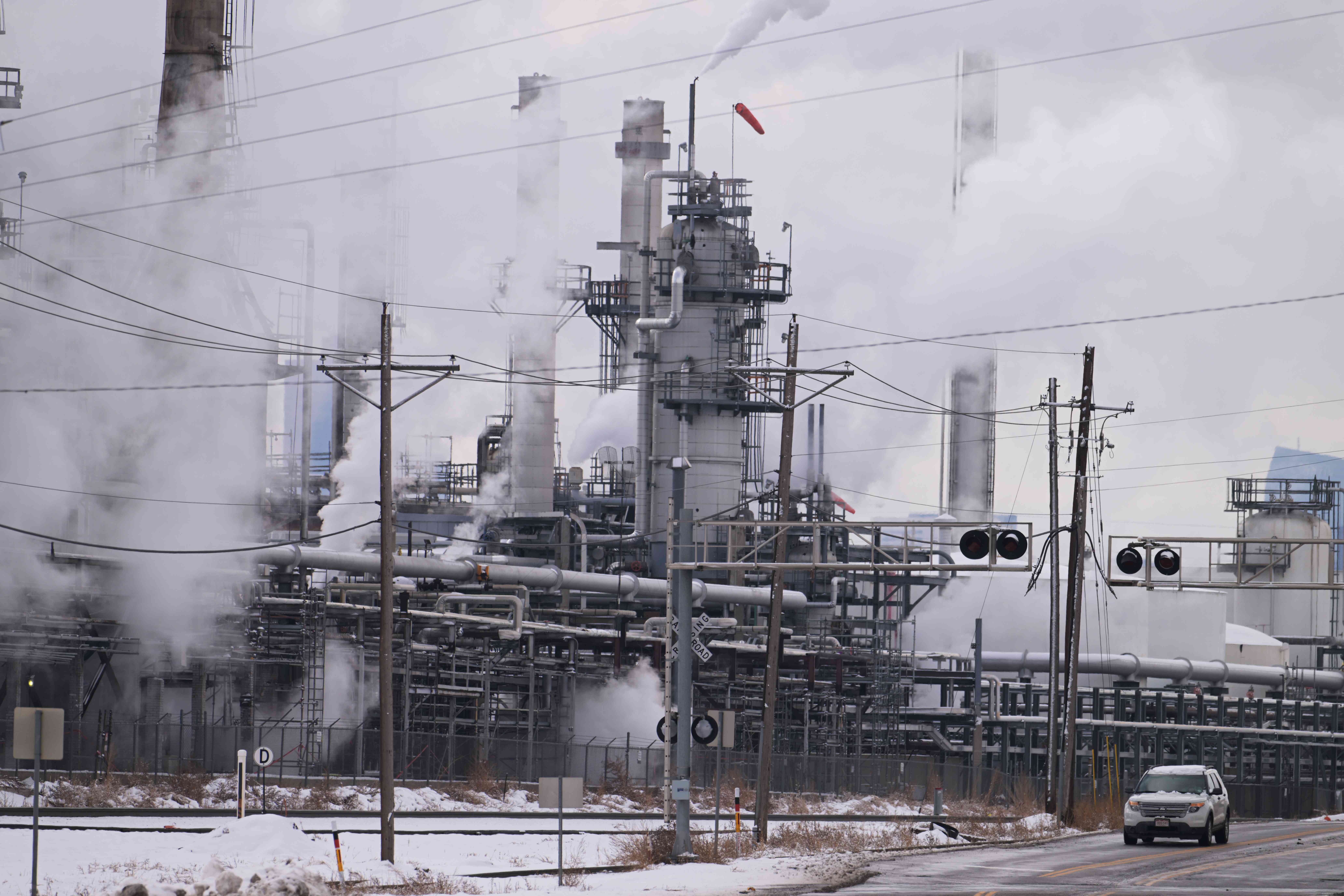
-
The Producer Price Index, a measure of wholesale prices, rose more than forecasters had expected in February, adding to concerns about stubborn inflation.
-
The unexpected jump in wholesale prices raises the chances that the Federal Reserve could push back the timing of a cut to its benchmark interest rate.
-
The Fed is widely expected to cut the fed funds rate in June, with the odds of a May cut diminishing as more inflation data comes in.
-
Because the increase in the PPI came mainly from volatile energy prices, not a broader inflation trend, the unexpected jump seems unlikely to derail expectations for a rate cut at some point this year, economists said.
- The Producer Price Index, a measure of wholesale prices, rose more than forecasters had expected in February, adding to concerns about stubborn inflation.
- The unexpected jump in wholesale prices raises the chances that the Federal Reserve could push back the timing of a cut to its benchmark interest rate.
- The Fed is widely expected to cut the fed funds rate in June, with the odds of a May cut diminishing as more inflation data comes in.
- Because the increase in the PPI came mainly from volatile energy prices, not a broader inflation trend, the unexpected jump seems unlikely to derail expectations for a rate cut at some point this year, economists said.
The more inflation data rolls in, the less likely it looks that the Federal Reserve will lower its interest rate before the summer.
The producer price index , a measure of wholesale prices, rose 0.6% in February from January, the Bureau of Labor Statistics said Thursday. That was double the 0.3% bump that forecasters had expected according to a survey of economists by Dow Jones Newswires and The Wall Street Journal .
Given that wholesale prices are often passed on to consumers, the report added to recent signals that elevated inflation is staying more stubborn than forecasters had expected . The report poured cold water on market speculation that the Fed could start cutting its benchmark interest rate as early as May.
Markets were pricing in a 6.9% chance of a May rate cut after the report’s release, down from 11.4% the day before and 38.2% a month ago, according to the CME Group’s FedWatch tool, which forecasts rate movements based on fed funds futures trading data. The likelihood of a June rate cut stood at about 63%, down from 65% on Wednesday.
Officials at the central bank have said they’re looking at economic data to build confidence that inflation, running at 3.2% over the last year as of February according to the Consumer Price Index, is firmly on the way down to the Fed’s goal of 2%. The producer price index and other recent inflation data is unlikely to provide that confidence, economists said.
Forecasters at Pantheon Macroeconomics pushed back their expected rate cut date Thursday in the wake of the PPI report. The data was “disappointing, and it reduces the chance of the Fed easing in May to the point where we are pushing back our forecast to June,” Ian Shepherdson, chief economist at Pantheon, wrote in a commentary.
Still, economists found reasons to speculate that future inflation reports will be more favorable.
Much like with the recent unexpectedly high consumer price increases in February, producer prices increases were largely driven by food and energy costs, which tend to be volatile, moving up and down from month to month with little connection to broader inflation trends. Excluding those prices, “core” producer prices for goods were up 0.3% over the month.
“Inflationary pressures remain in the pipeline, but with supply and demand continuing to normalize after the pandemic, inflation continues to gradually slow,” Gus Faucher, chief economist at PNC, wrote in a commentary. “The slightly higher inflation numbers in early 2024 should dissipate, and the Federal Open Market Committee will start to cut the fed funds rate, its key short-term policy rate, sometime in the second quarter.”

